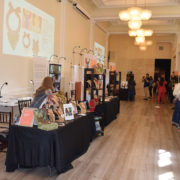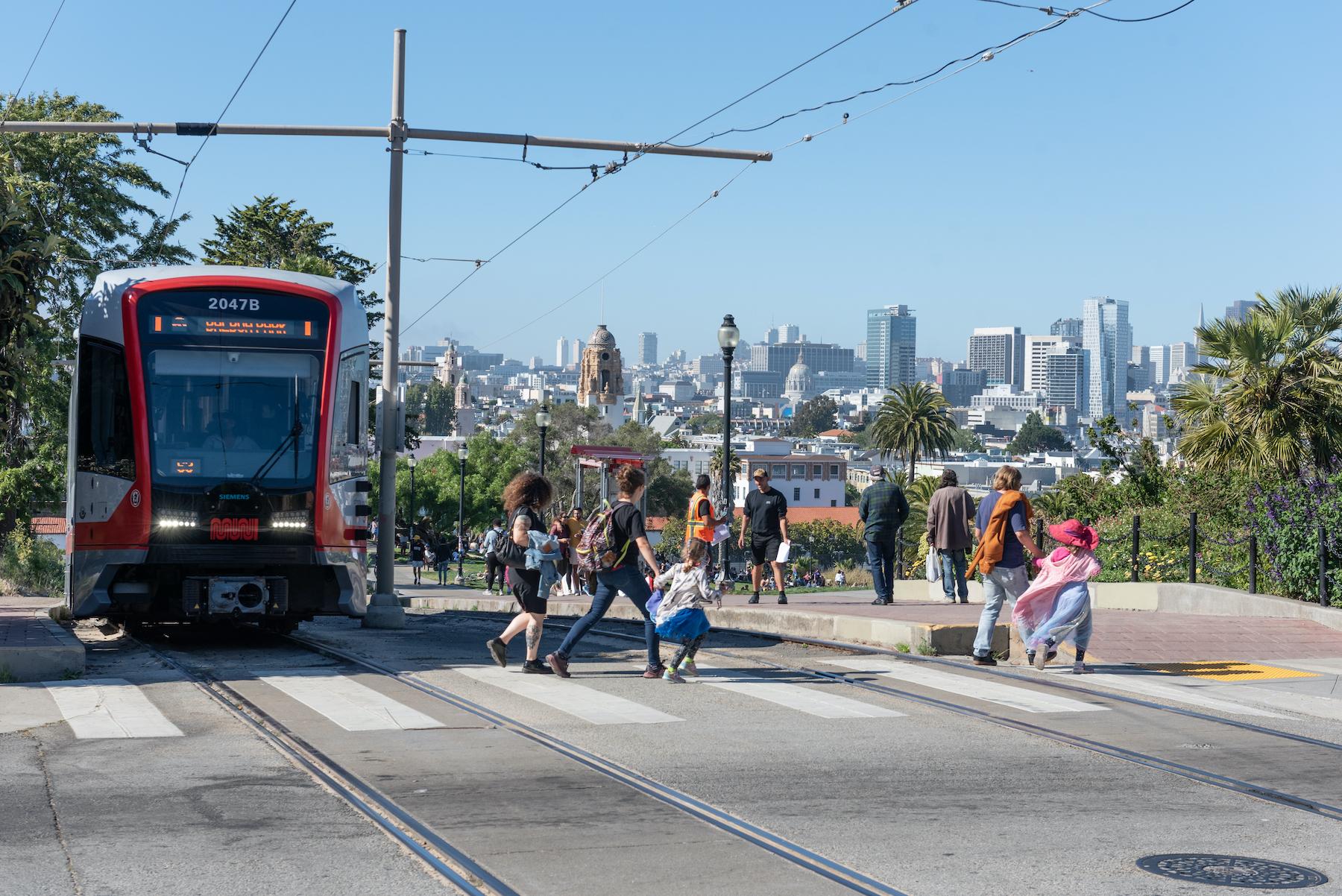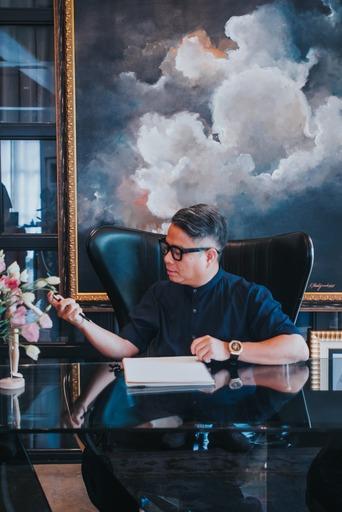
Bags, shoes, jewelry, accessories make use of unique, recycled, upcycled materials
Woven textiles and beadwork from indigenous tribes. Hardwoods and plants from the Philippine countryside. Food bags from favorite snacks. Plastic bags from the grocery and supermarket. Thrown out brass or other metals.
What do all these materials have in common?
These items, by themselves or in combination with other each other and other materials, are used to make world-class products that come straight from the enterprising minds of a group of designers and business owners based in the Philippines. From bags and totes, to jewelry (earrings, bracelets, necklaces), to shoes, to scarves and wallets, these products show how forward-thinking Filipinos and their design aesthetics can compete and flourish in the global market.
Products from six companies – Agsam Fern, Calli, Ken Samudio, Maco Custodio, Vesti and Virtucio – were featured recently at a pop-up exhibit called The Artisans Village presented by Fashion Philippines in the Philippine Consulate General in San Francisco. Aside from having an exhibit and business matching portion, the event also gave a chance for Philippine Center Building visitors to peruse through tables from the exhibitors and even purchase items.
To the surprise of many Filipinos who visited the pop-up, some of the companies offered products made of recycled and upcycled materials. Customers marveled at how discarded plastic bags, foil, and brass could be repurposed to new, eye-catching products – wearable, usable items that belie their humble origins. One man’s garbage is another man’s treasure, right?
Here’s a brief look at the products and companies featured at the pop-up exhibit:
Virtucio
Coming from the mind of founder Christine Virtucio, the products offered by 10-year-old Bohol company Virtucio (facebook.com/ChristineVirtucioDesigns) include handbags, bracelets, bangles, necklaces and other fashion accessories made from… wait for it… upcycled, used, single-use grocery bags which are collected, cleaned and processed by a group of women who turn these into sheets. The sheets are then used to manufacture bags, jewelry and other home accessories and products.
Aside from upcycled grocery bags, Virtucio also recycles other materials like beads and metals like brass which they incorporate in their various product lines. They also get their other materials from junk yards.
According to Christine, it takes one processed sheet to make one bag, equivalent in weight to about five to 15 grams of plastic. She estimates that to be equal to more than a dozen plastic bags.
Aside from bangles, the most sellable item for Virtucio, Christine revealed, is their Luna Bag, which is a half-moon shaped bag that goes for $180. Prices for their handbags range from $150 (for their belissima size) to about $280 (for the bigger size). Virtucio also presented their Bursita line (bursita is the Visayan word for cellophane) at the pop-up event.
Vesti
CEO and founder Martha Rodriguez of Vesti (www.vestifashion.com) presented both its Disco Collection, and its Nikki 2.0 and Jetsetter 2.0 Series that feature the different weave patterns from indigenous tribes in Southern Philippines. Vesti is a global grand of luxury bags and prestige accessories that enshrine the artisanal craftsmanship of Philippine design.
The Disco Collection features the multi-hued weave of the Tausug tribe, accented by the beadwork of the T’boli tribe in spherical bags that come in what Vesti describes as “a burst of eye-catching pigments, a scintilla of vivid styles, and a cascade of folk nuances.”
The Nikki and Jetsetter collections, meanwhile, feature Yakan fabrics incorporated with leather and metal.
According to a CITEM representative, Vesti products retail from $200 to $350, depending on the size of the bags. The company deals primarily with production and selling of bags.
Ken Samudio
According to Mark Samudio, brother Ken Samudio (www.ken-samudio.com) derives his inspiration from his work before as a marine biologist, which is featured in his products that run the gamut of clutch bags and necklaces that resemble underwater coral, as well as accessories like their in-demand flower earrings. What is particularly noteworthy is that the products are fashioned out of recycled plastic materials.
They order the recycled plastic materials according to their color specifications and shapes, and fashion them into the different products. The clutch bag, Mark revealed, takes more than a week to put together due to its intricate, coral-like design.
Aside from recycled plastic, Samudio also uses indigenous materials. According to his website, he creates artwork from upcycled beads made from water plastic bottles, recycled sea glass and other sustainable materials indigenous to the Philippines. He also employs mostly disadvantaged women in his small production house becoming the strong work force of skilled artisans working behind the label.
Maco Custodio
For the pop-up exhibit, Maco Custodio introduced his Lalapatos venture (Lala for weave, and patos which is short for sapatos or shoes in English), which is a collaboration of three distinct communities: the Baseco community where pre-consumed foils are manually cut and folded into strips; the small town of Pililla, Rizal where the organic weaving of sabutan has been the traditional livelihood of many; and the city of Marikina, which is known for its shoe-making industry where the artisanal shoes are assembled.
According to Custodio, they currently use two types of foil: the preconsumed foil for bags, and the used foil for shoes. The designer revealed that it takes about 20 bags of Clover Chips to make a pair of size 10 shoes.
His unique pair of shoes, Custodio reveals, has been with him for about a year. Even the outsole, he says, which is made in the Philippines, is holding up even with his constant use.
The shoes offered by Lalapatos (www.zapateriahub.com/lalapatos) cost from about Php7,800 to about Php15,000 [for custom-made shoes]. They even name custom-made shoes after the person who ordered it, and they give that person Php500 for every pair that is ordered.
Custodio says that people who learn about the shoe composition and the processes involved in making the product are amazed at Filipino ingenuity, patience and ability to create these unique shoes and bags.
Calli
Perhaps the most recognizable of the bunch at the pop-up exhibit is Calli, which produces wooden handbags.
According to Tessa Nepomuceno, the main wood that Calli uses is acacia wood. Calli was featured as recently as in the 2018 Miss Universe Pageant when the Philippines’ own Catriona Gray was featured in photos holding a round woven bag with natural rattan from Calli, which she had christened “Sampaguita” in her Instagram post. Catriona has since collaborated with Calli to create a Catriona Clutch.
Nepomuceno also featured her own jewelry line at the Calli table of which she has a co-designer. The jewelry is hand-made, and features natural shells and semi-precious stones.
Nepomuceno told the Asian Journal that she was inspired to create the Calli handbags out of furniture designs and carvings she saw executed in narra and other woods, which she thought she could translate into handbag designs.
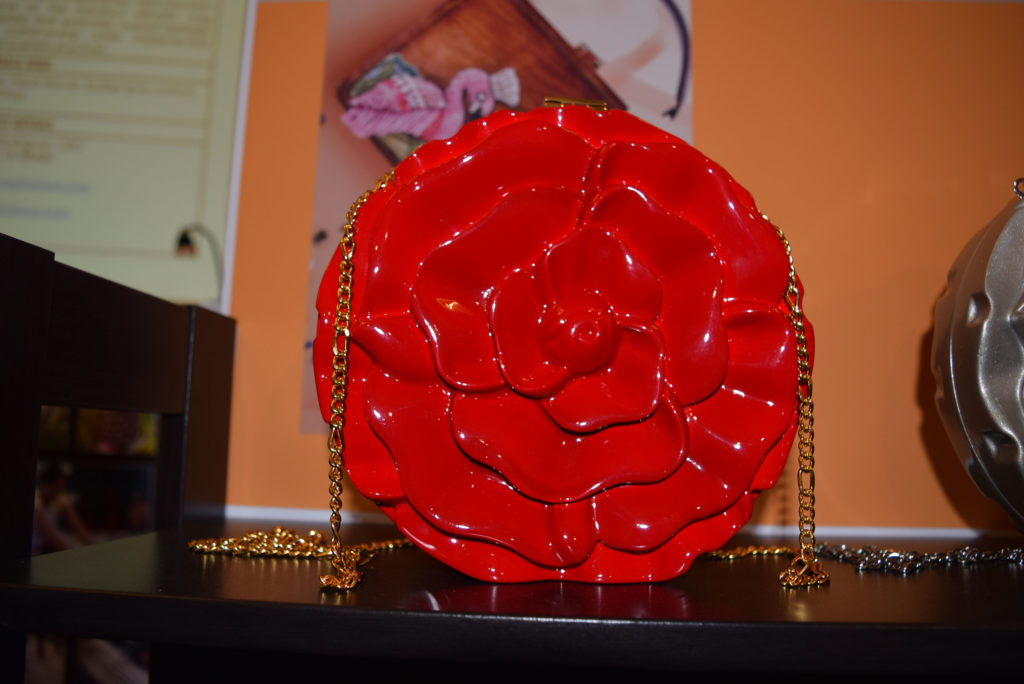
The Rosa Clutch, she says, is her most sellable item. Calli handbags are available in small boutiques worldwide, and prices range from $280 to $550. Calli can be found in Facebook and Instagram.

Agsam Fern
Founder Gina Nebrida Ty’s company is named after the agsam plant, which can be found only in Surigao del Sur, and which are used by indigenous women to create delicate, fashionable bracelets, necklaces, earrings and hair accessories.
Ty discovered the agsam weavers five years ago and encouraged them to go mainstream and make products that can be sold globally in order for them to earn more. She happily mentioned that most of the weavers currently work for them, and some have turned this livelihood into other opportunities like owning their own sari-sari store.
The intricate nature of the weave means expert weavers can only make five pieces a day, while junior weavers can only finish three pieces a day.
One of the items featured at Agsam Fern’s table is the Agsam Mutuc Limited Edition which is a collaboration of Agsam Fern with Eduardo Mutuc, who is deemed one of the Philippines’ National Living Treasure. The items in the collection feature metalwork done by Mutuc using the “pukpok” system from a design given by Ty, combined with the intricate agsam weave.
The most sellable items in their collection is the pearl and coral collections, according to Ty. Price points reach about $75 to $150 wholesale, and prices depend on the components included in the products. Agsam Fern (www.agsamfashionfern.com) accepts custom work – Ty can design exclusive collections for a specific wholesaler or retail store.
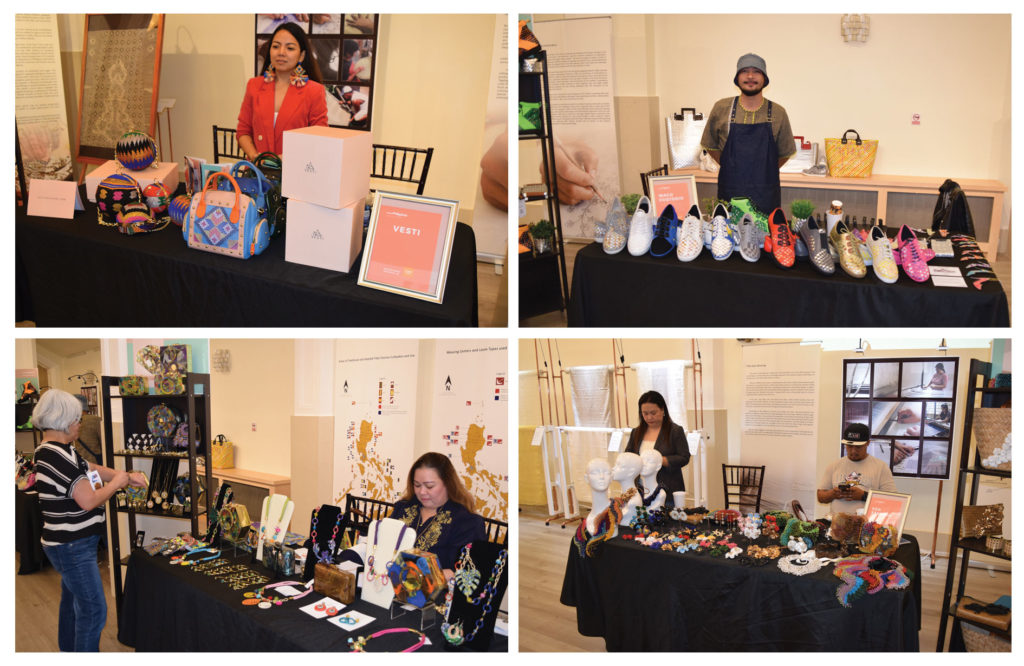
The Artisans Village was a collaboration of The Philippine Trade and Investment Center (PTIC) – Silicon Valley, Center for International Trade Expositions and Missions (CITEM), the Department of Foreign Affairs (DFA), The Philippine Center-San Francisco and Spark*Connect*Empower of the Philippine Consulate General of San Francisco.


